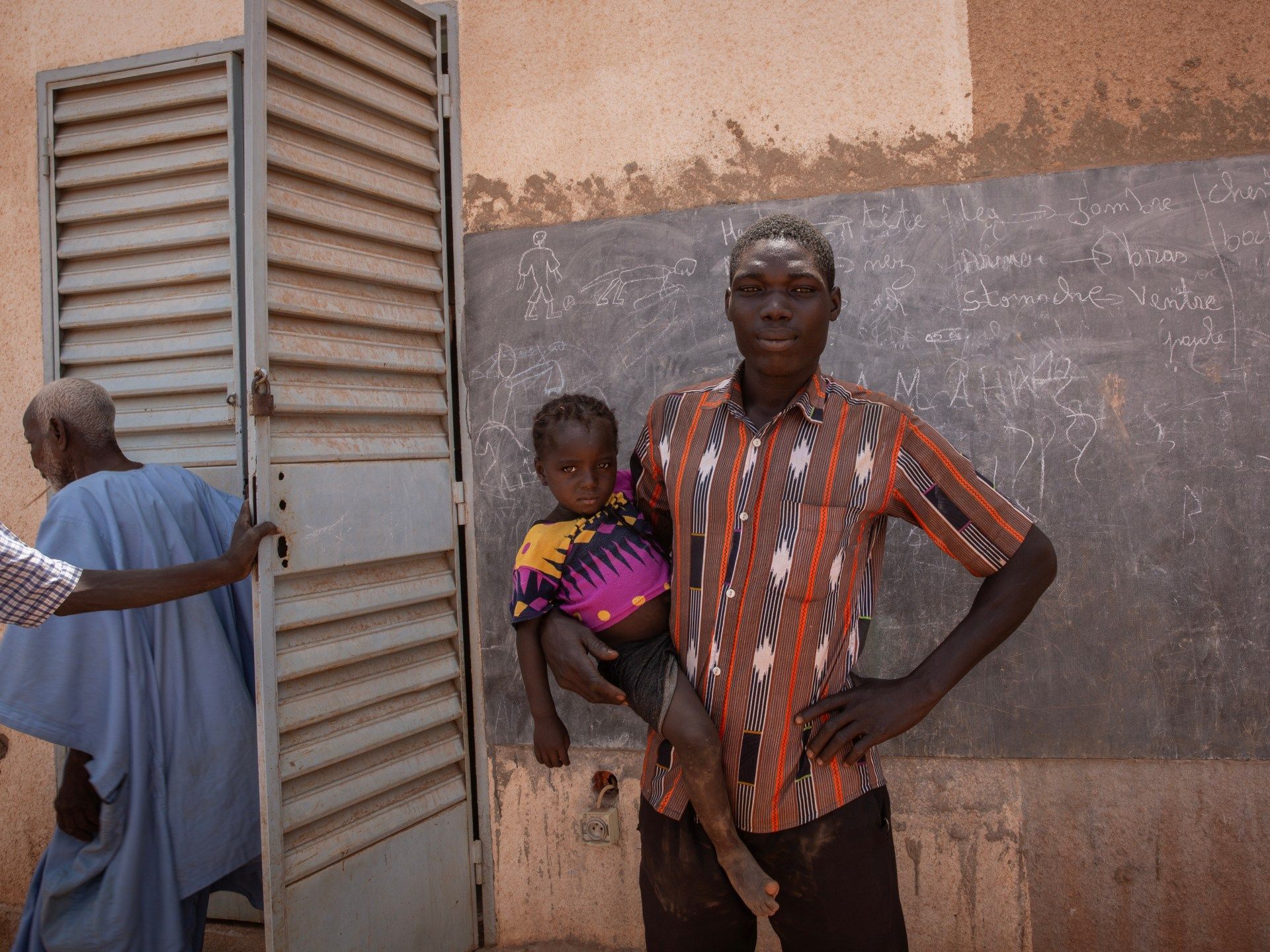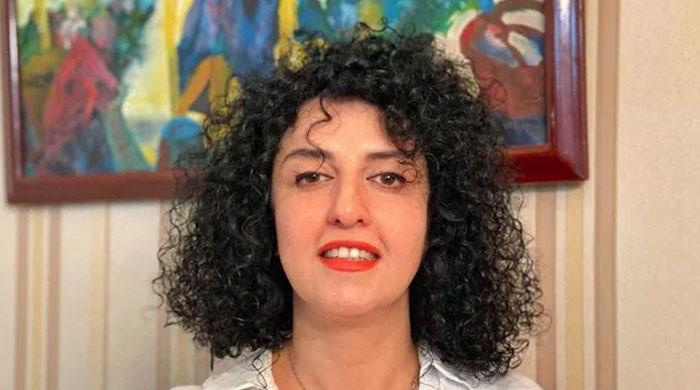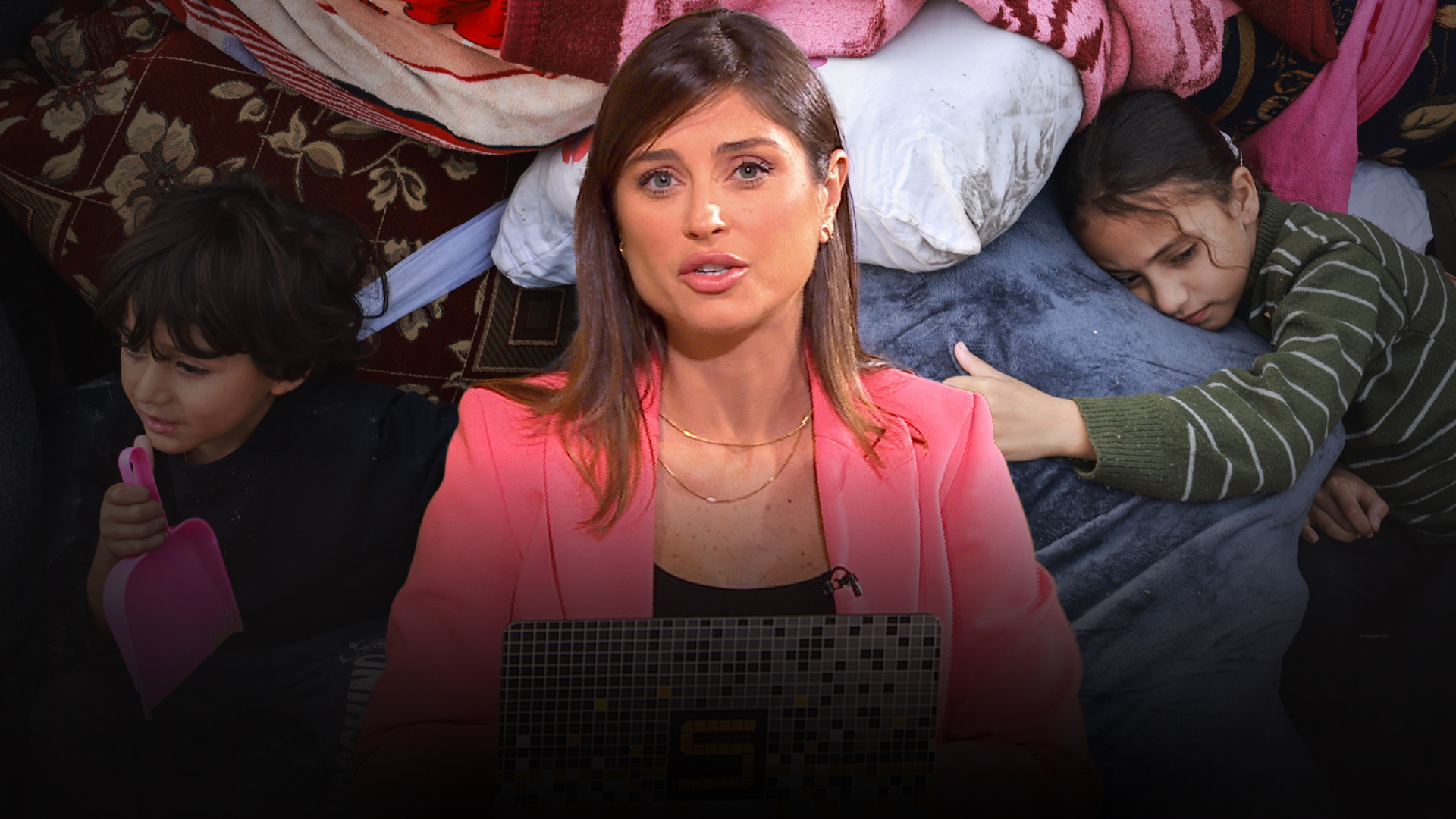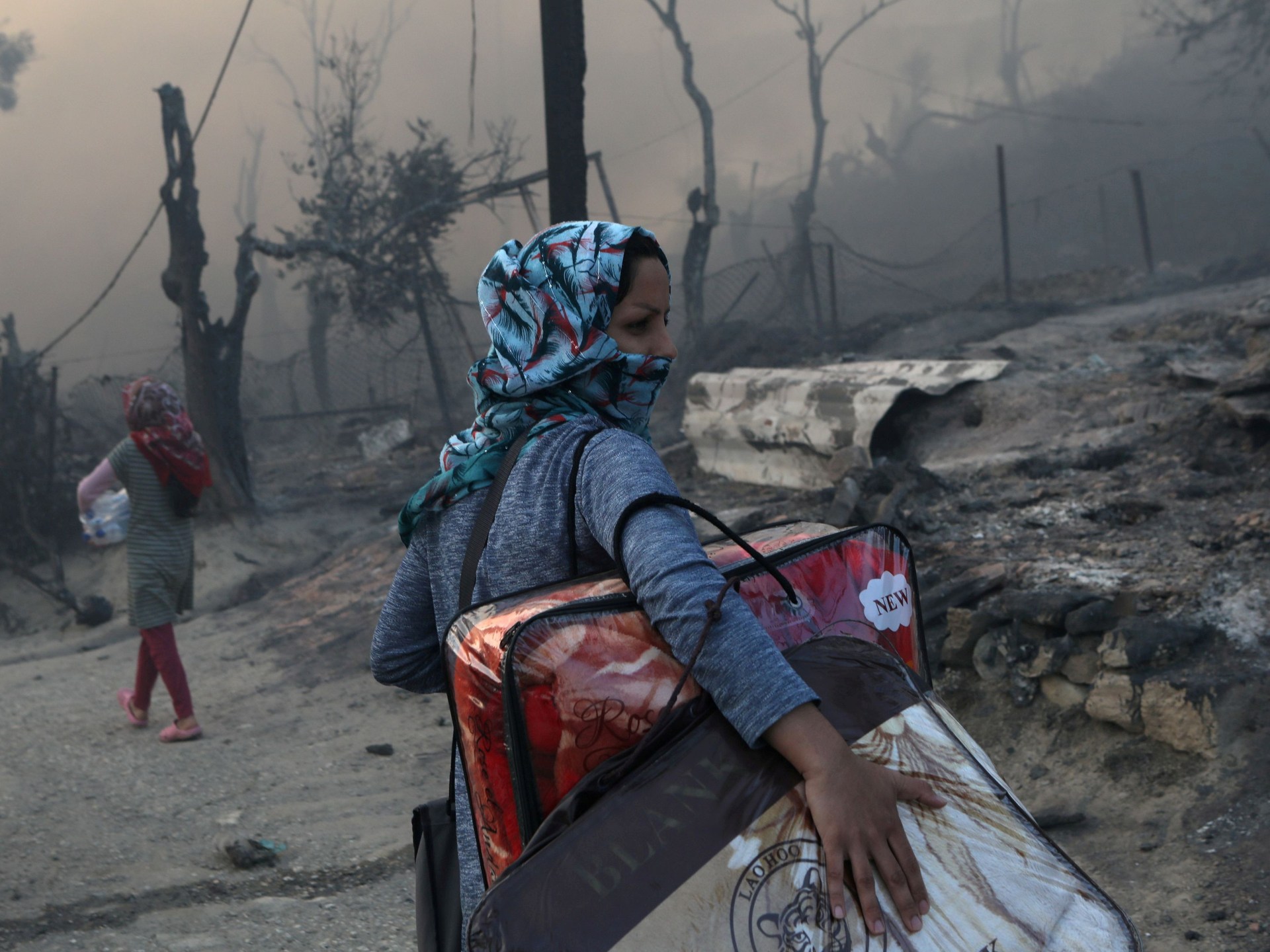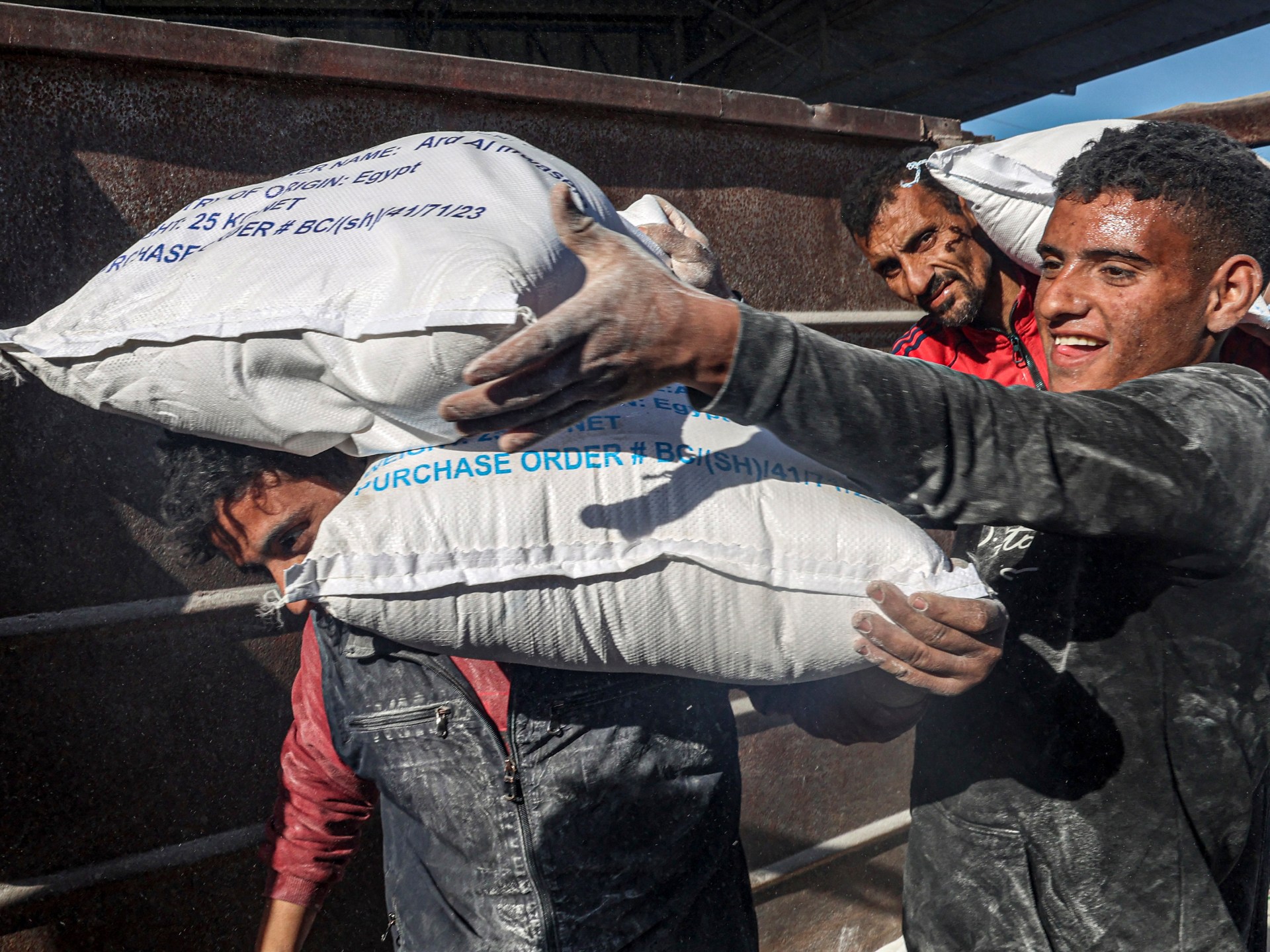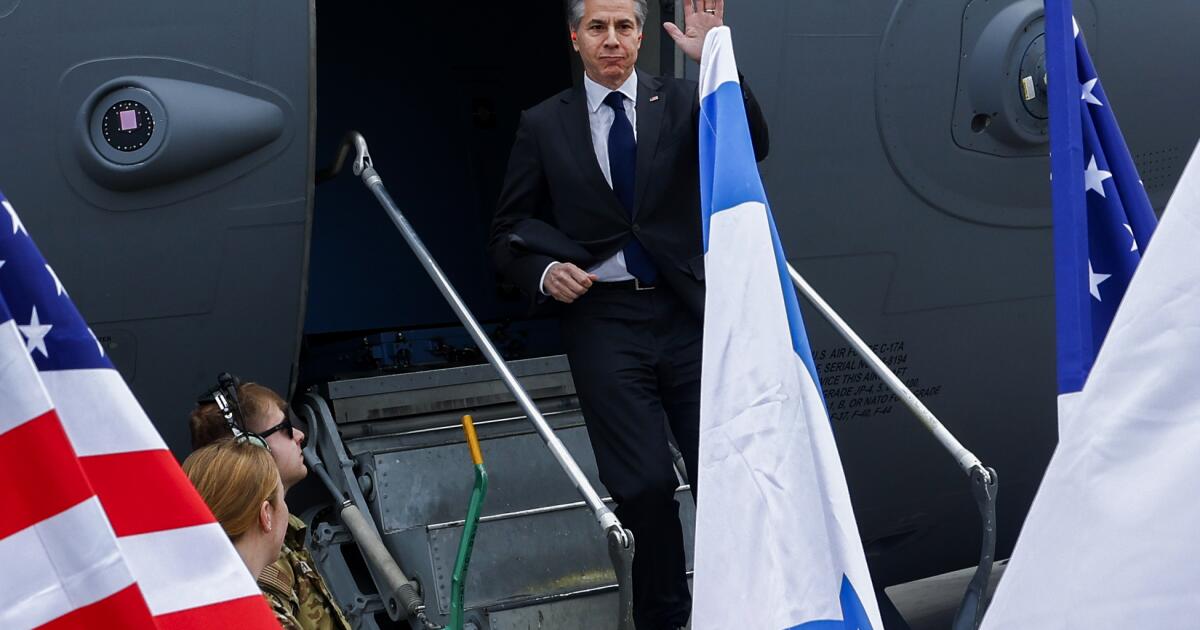Kongoussi, Burkina Faso – The refugee crisis in Burkina Faso, mired in conflict since 2019, is the deepest in a series of neglected crises across Africa, according to a new report.
The West African country tops the list of neglected crises for the second year in a row, a report released on Monday by the Norwegian Refugee Council (NRC) shows.
With a record 707,000 new displacements within the country's borders, the humanitarian crisis in Burkina Faso continued unabated in 2023, while hundreds of thousands of people were left without aid.
The number of people killed in violence doubled last year, with more than 8,400 deaths. Meanwhile, the number of Burkinabe refugees seeking safety in neighboring countries almost tripled, reaching a total of 148,317 according to UNHCR figures.
An unprecedented 42,000 people suffered catastrophic levels of food insecurity and up to two million civilians were trapped in 36 lockdown cities across the country by the end of the year. As armed groups imposed movement bans, little or no humanitarian assistance reached some of these areas. At least half a million people were cornered in an almost total “help blind spot.”
With more than 6,100 schools closed by spring 2023, Burkina Faso was home to almost half of all closed schools in Central and West Africa. As many as 400 health centers were closed, and almost as many were only able to provide minimal services, leaving 3.6 million people without access to health care, a 70 percent increase from 2022.
On February 8, 2023, two staff members of Doctors Without Borders, known by its French acronym MSF, were killed by an armed group in northwestern Burkina Faso. This was the first time since the start of the conflict that national aid workers from an international NGO were killed while providing vital aid.
As road access to many areas continued to be plagued by security incidents, humanitarian organizations increasingly relied on limited air transport, increasing operational costs and further restricting the amount of assistance reaching people in need. Funding decreased, compounding financial pressure on humanitarian organizations. Only 39 percent of response plan funding was covered in 2023, down from 43 percent in 2022.
Independent media coverage declined when several international news outlets and journalists were banned from working in Burkina Faso in 2023. Additionally, the national press avoided sensitive topics due to increased risks.
An all-time high of 6.3 million people will need humanitarian assistance in 2024 and more than two million remain internally displaced. While some have begun to return to their homes, concerns are growing for the protection of civilians. Returns, which according to the Kampala Convention must be voluntary, dignified and safe, will be an important humanitarian issue by 2024.

